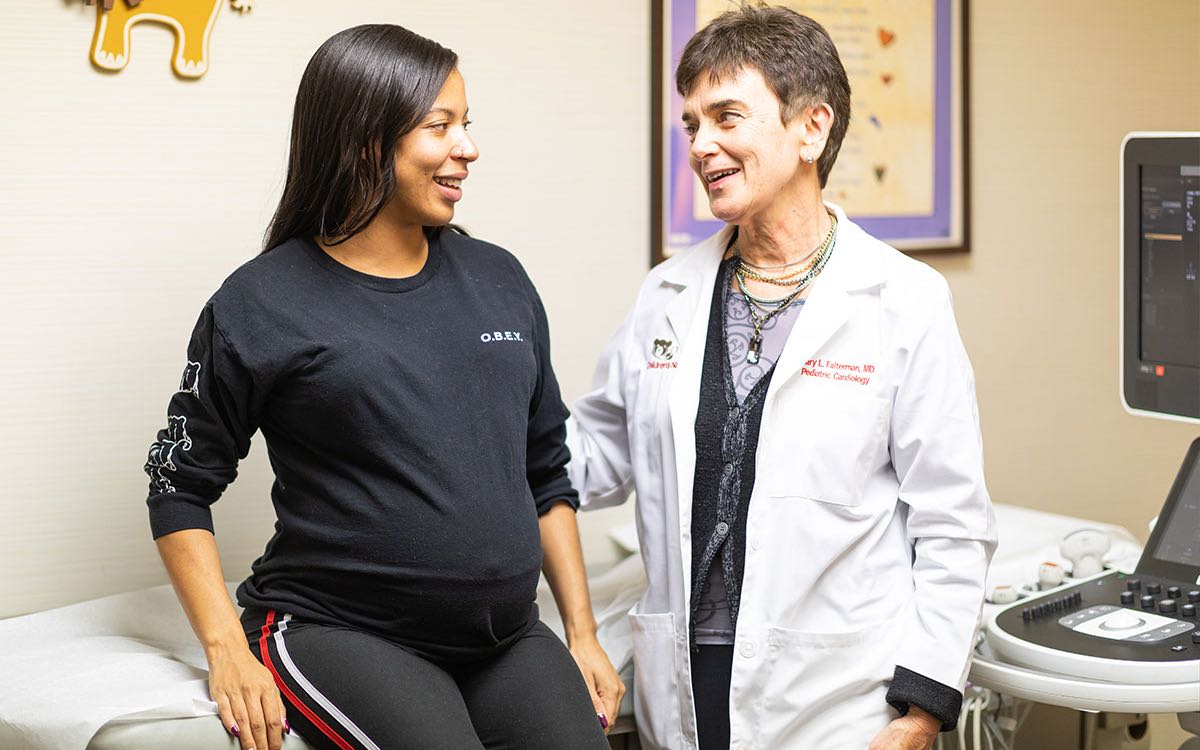Treatment
Fetal Ultrasound
Fetal ultrasound is a test used during pregnancy. It creates an image of the baby in the mother's womb (uterus). It’s a safe way to check the health of an unborn baby. During a fetal ultrasound, the baby’s heart, head and spine are evaluated, along with other parts of the baby. The test may be done either on the mother’s abdomen (transabdominal) or in the vagina (transvaginal).
There are several types of fetal ultrasound:
- Standard ultrasound. The test uses sound waves to create 2-D images on a computer screen.
- Doppler ultrasound. This test shows and measures the movement of blood through the uterus, umbilical cord, in the baby’s heart or around the baby's body.
- 3-D ultrasound. This test shows a lifelike image of an unborn baby.
Ultrasound uses an electronic wand called a transducer to send and receive sound waves. No radiation is used during the procedure. The transducer is moved over the abdomen, and sound waves move through the skin, muscle, bone and fluids at different speeds. The sound waves bounce off the baby like an echo and return to the transducer. The transducer converts the sound waves into an electronic image on a computer screen.
Frequently Asked Questions
Why might I need fetal ultrasound?
What are the risks of fetal ultrasound?
How do I get ready for fetal ultrasound?
What happens during a fetal ultrasound?
What happens after fetal ultrasound?
Meet the Fetal Ultrasound Providers
Departments that Offer Fetal Ultrasound

Prenatal Cardiology Program
Children diagnosed with heart conditions before they are born receive comprehensive, expert care from our fetal cardiology specialists. Learn more about our Prenatal Cardiology Program.

Help Kids and Make a Difference
Invest in future cures for some of life's most devastating diseases. Give today to help more children grow up stronger.










